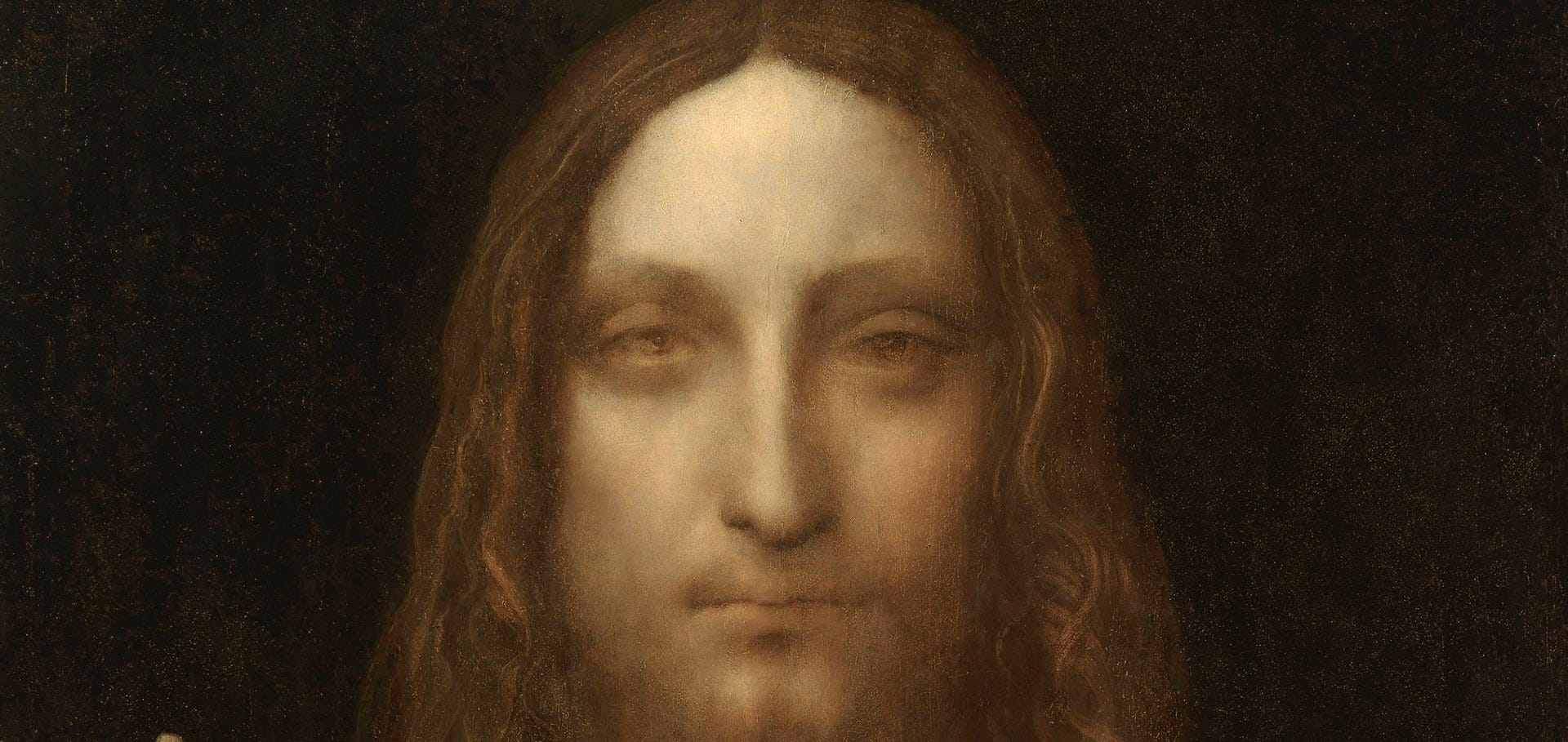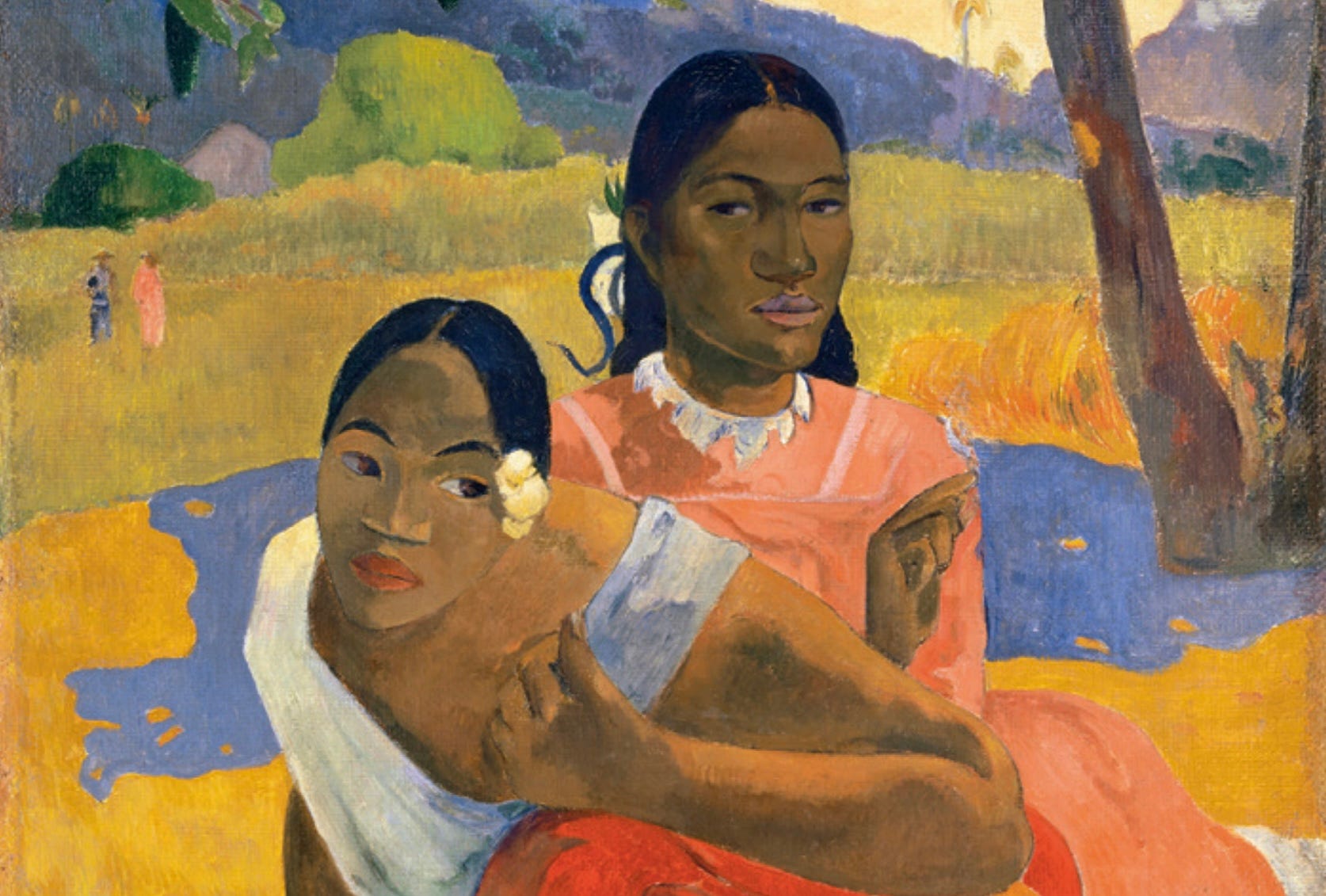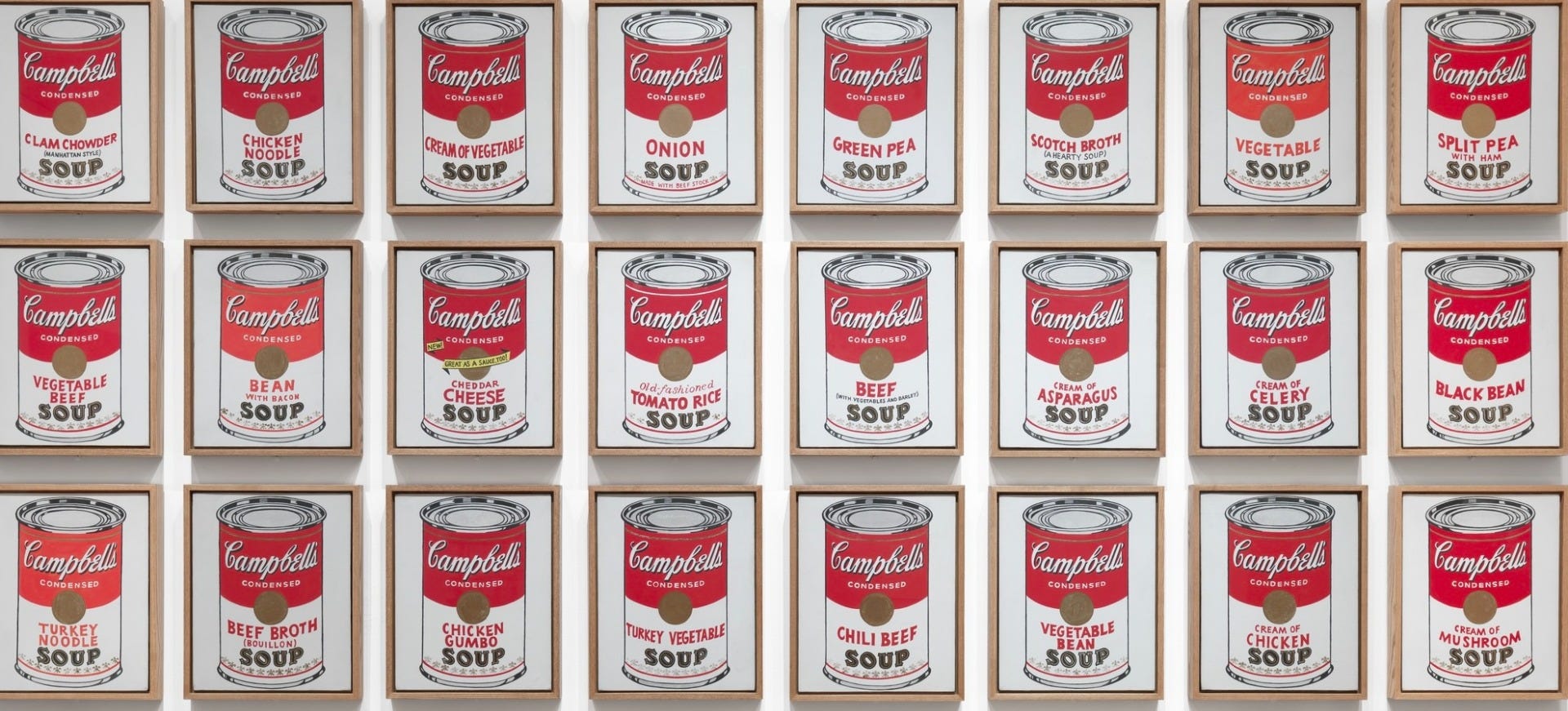Beginners Guide to Appreciating and Understanding Art
- Jul 1, 2023

Image: Salvador Dalí, “The Persistence of Memory,” 1931. An iconic work that invites deep interpretation and understanding, embodying the power of art to challenge perceptions.
Art interpretation and understanding within your grasp for personal growth
In this day and age, information is evolving rapidly, and the ways we approach art interpretation and learning about art are changing swiftly. We can, in one instance, view countless great works of art instantly from anywhere in the world. This access to information gives us an unparalleled ability to remain connected to world culture from any point in history. Currently, a variety of services, courses, intellectuals, and information are available to you, giving you a better ability to understand and interpret the art you love most.
We are all creatures that desire to know and understand more, and art interpretation is no longer the preserve of art critics. By giving yourself the gift of learning, you will remain constantly interested and be able to access the art you love on a level you may not have considered possible. Thanks to the beautiful technological innovations of our contemporary culture, it is easier than ever to become and stay connected.
Why Learn About Art History and Interpretation?
Learning about the facts and creative processes behind great pieces of art allows you to gain a greater appreciation for them. With art interpretation skills, you will be able to engage with artwork on a more significant level. Interacting with art without any knowledge of its origins or the artist is enjoyable, but the ability to delve deeper into any artistic work is enriching for the mind and heart. Understanding the context of a given work is important because it gives rise to greater appreciation. In short, knowing basic techniques to interpret art will bring you to a new worldview that will affect you on an important emotional level.
The ability to interpret great art is also important because many masterpieces have so much at play within them that being shown the inner workings of a piece by an expert with years of experience is helpful. Not only will you gain a true understanding of the particular piece and other contemporaneous works, but you will also understand why masterpieces are considered masterpieces in the first place.
Of course, art interpretation also lends itself to real-life aspects as well. By training your mind to be more observant and critical, you will find that as you move through your daily life, these skills matter just as much. You will naturally begin to look at things differently, from your favorite TV show to the list of ingredients on your box of cereal. Improving art interpretation skills lets people interpret the world itself.
Find Art Interpretation Tips on YouTube
An easy and efficient place to start, YouTube isn’t just for cat videos. Many people on YouTube have a significant interest in art of all types and its history. From one-off videos about Velázquez to official documentaries to real in-class lectures, YouTube provides a fun, friendly, and informative space for learning as well as entertainment. The great thing about YouTube is the distance it holds from modern academia. This distance allows for unconventional and more casual observations that are much more accessible and easily digestible for someone new to the world of art interpretation and analysis. If you just want to sit back and watch a BBC documentary, you can do that as well!
YouTube’s greatest benefit is the fact that it is completely free and allows the voices of everyone to be heard and discussed. While some of the commentators aren’t as highly educated as one might want, many are, and their opinions are worth seeking out and hearing! So whether you want a five-minute video outlining Botticelli’s “Venus” or listen to a taped, live discussion of lecturers discussing a variety of topics, YouTube is the perfect place to begin learning about the vast and interesting histories of art.
Use Free University Tapings
Occasionally found on YouTube, but also provided directly by established, reputable institutions (including Harvard and Yale Universities), many universities and academic institutions record their professors’ lectures and post them online, giving you immediate access to real, in-class discourse with an absolute expert in the field. The great thing about this avenue of learning about art interpretation is that you can pause and rewind anytime you wish! Unlike learning in a real classroom, you are in command of your learning, and you can approach it in any way that you wish.
Another benefit to this method is the simple fact that you very well might not be able to get into the real class at Harvard itself! This isn’t surprising for a variety of reasons (who has the exorbitant tuition fees available for casual learning?), but it does allow you to get a first-class education with absolutely no cost to you. While you won’t have a fancy degree hanging from your wall or office at the end of your studies, you will have the same level of knowledge that other students at Harvard will have – and that’s impressive all on its own!
Learn How to Appreciate Art by Signing Up for Paid Online Courses
Another option that fully utilizes the internet as a medium for education is to sign up for an online course! Usually, this is done one of two ways:
1. Going through a university or college itself and signing up precisely like a real-life course (attending lectures, handing in homework, etc.)
2. Going through a third-party site that hires relevant experts who can outline and establish a lecture series on their own about art interpretation.
No matter which you decide, being able to interact with a teacher directly will have a great impact on your learning and comprehension of the material. Furthermore, you’ll be able to clarify anything that you might have on your mind!
These courses are efficient and specially tailored to people just like you – those who want to learn, preferably from an expert, about a topic they love. You’ll be matched up with a variety of peers who want to learn just as much as you do, so the communities you establish will be incredibly beneficial! A good reference is Sotheby’s Institute of Art.
Buy Courses on DVD/Digital Download
The Great Courses and similar companies provide a learning avenue similar to paid online courses and university lectures, with the added benefit of getting top experts in art interpretation on board to give lectures on the classes that have made them extremely influential. Not only does it combine the benefit of being able to watch a lecture at your leisure with the rigor and structure of a real college course, but it’s also a much more interesting experience on its own. Most lectures blend online lectures with slides, informative charts and graphs, and keynotes, with the casual breeziness of a teacher talking directly to you. This unique blend of learning styles appeals to anyone with a true passion for the subject and is extremely easy to access. In terms of quality learning for a reasonable price, private courses like these provide excellent returns for anyone.
Art History Blogs Help You Appreciate and Understand Art
From art news blogs here at Musart, to countless others, another free, simple way to engage with the intricacies and detail of art history is to read the blogs that experts create. While not a curated and directed learning experience, blogs such as these provide an interesting, episodic glance at subjects that the author finds interesting at the time. This can run the gamut with all different kinds of subjects, but free musings from top intellectuals on a variety of topics remain an incredibly interesting and comprehensive way to learn more about the beauty of art interpretation and history. It is through communities and interaction that we all grow as a culture, and being able to comment, read, and interact with blog writers is a compelling and interesting way to have conversations that lead to great intellectual discoveries.
Don’t Let Your Mind and Spirit Atrophy!
Just like your physical body, your mind needs constant exercise and stimulation. By learning more about the subjects and masterpieces you love, you will continually engage your brain with the beautiful creations of geniuses that came before and access them in a significant personal way. Not only is this entertaining and interesting, but it will transform and bolster your spirit in return. Keeping a finger on the pulse of our living culture is a great way to remain happy, interested, and positive in a world where so much else is going wrong, and focusing on the creative is a healthy way to spend your time.
Recent Exhibitions and Their Impact
Various art exhibitions continue to bring art appreciation to a broader audience. For instance, “The Art of the Brick,” featuring LEGO sculptures by artist Nathan Sawaya, has been captivating audiences worldwide and demonstrating that art can be both fun and deeply meaningful. The “Van Gogh Alive” exhibition, using state-of-the-art technology to project Van Gogh’s works, has been touring globally, offering an immersive experience that helps people connect with his art on a personal level.
Museums and galleries are also embracing digital technology. The Louvre, for example, offers virtual tours that allow you to explore its vast collection from the comfort of your home. These innovations make art more accessible and engaging, encouraging more people to develop an appreciation for art history and interpretation.
Conclusion
Being able to open up the world of art interpretation is a great gift that you can give anyone, especially yourself. By allowing cultures from around the world to affect you, and having their artists enter your mind, heart, and spirit, you will continually revitalize and nourish yourself, and that isn’t something you can take lightly! With numerous resources available today, from YouTube to university tapings and online courses, art interpretation and appreciation are more accessible than ever. So, dive in and start your journey towards a deeper understanding and love of art.




